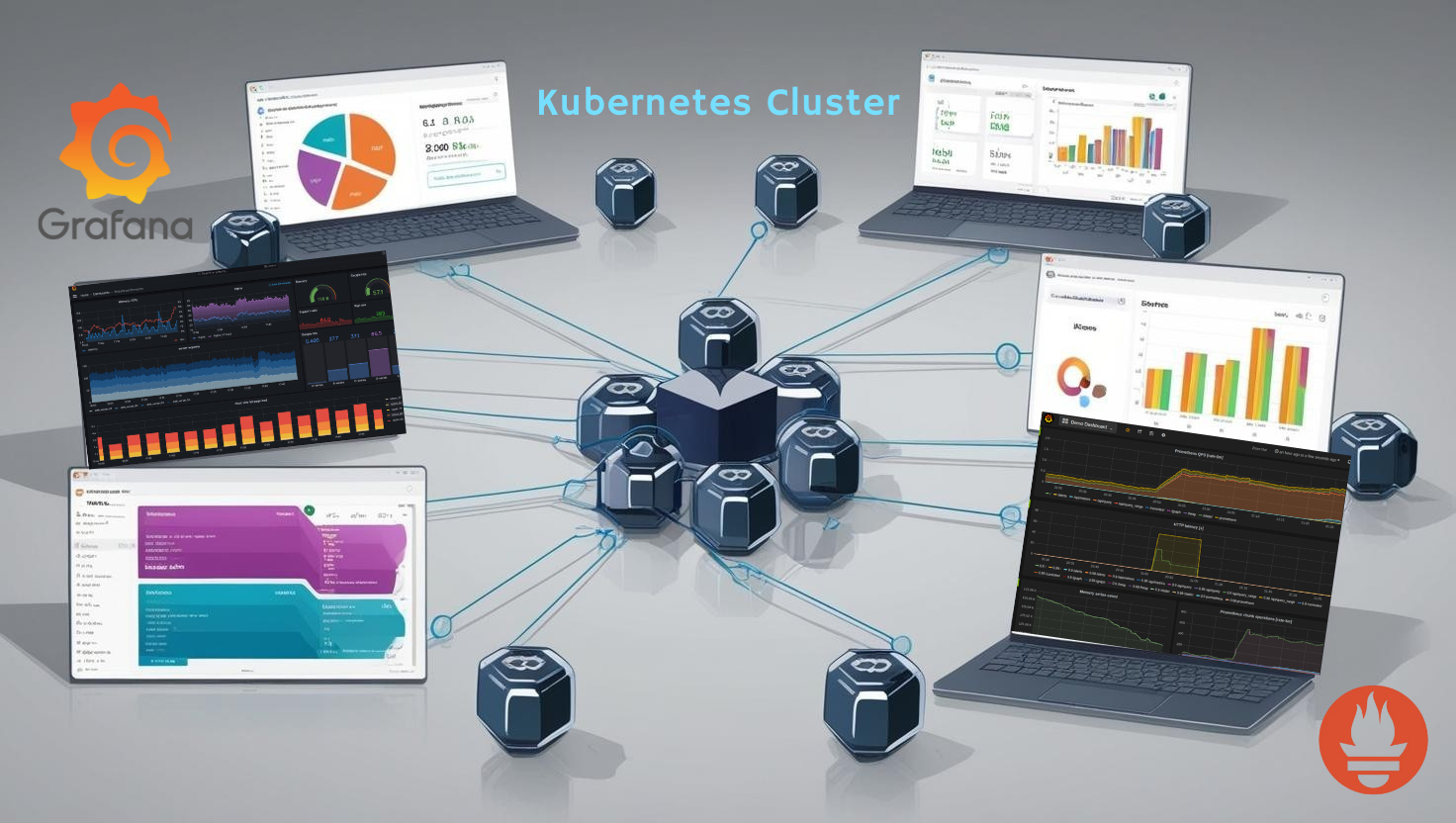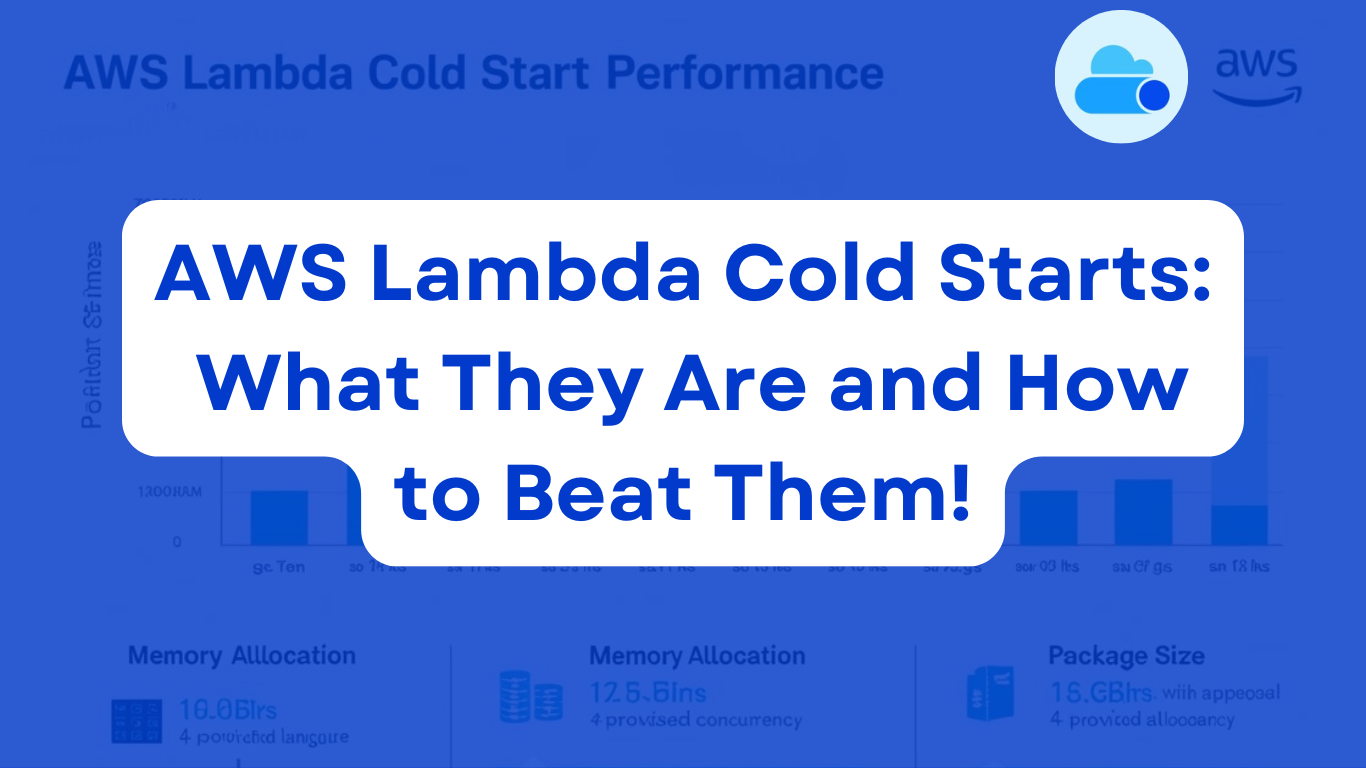Kubernetes is the backbone of modern container orchestration, and Amazon Elastic Kubernetes Service (EKS) makes deploying Kubernetes clusters seamless. But with great flexibility comes the challenge of monitoring these clusters effectively. This is where Prometheus and Grafana step in as the ultimat...
As cloud adoption scales, organizations face increasing complexity in managing network security. While Virtual Private Clouds (VPCs) are designed to offer secure, isolated environments, misconfigurations can inadvertently expose sensitive resources to the internet. Recognizing these challenges, AWS ...
Managing Kubernetes deployments can sometimes feel like herding cats. You start with a couple of YAML files, then suddenly you’re juggling dozens of manifests for pods, services, and configurations. Chaos looms. That’s where Helm charts come in — the unsung heroes of the Kubernetes univers...
When building cloud architectures on AWS, network connectivity is a critical factor. Two popular options for interconnecting Amazon Virtual Private Clouds (VPCs) are VPC Transit Gateway and VPC Peering. While both provide a mechanism for enabling communication between VPCs, they differ significantly...
Serverless computing with AWS Lambda has revolutionized how applications are built and deployed. It simplifies infrastructure management, scales seamlessly, and is cost-efficient. However, one term often makes developers pause: cold starts. If you’ve ever experienced unexpected latency with Lambda...
When working with AWS, one of the most effective ways to organize, monitor, and optimize your cloud environment is by tagging your resources. Tags are simple key-value pairs you attach to AWS resources, but their simplicity belies their power. They offer a range of benefits, from cost tracking and a...
In cloud environments, Virtual Private Clouds (VPCs) play a critical role in isolating and managing network resources. However, as businesses grow, the original VPC CIDR (Classless Inter-Domain Routing) range can quickly become insufficient due to expanded workloads, additional subnets, or integrati...
Introduction With data breaches on the rise, securing sensitive information stored in the cloud is paramount. Amazon S3, one of the most widely used storage solutions, offers multiple encryption methods to safeguard data. However, managing encryption for large volumes of existing objects can be time...
In the fast-paced world of cloud computing and DevOps, visibility into system performance and security is crucial. Traditional monitoring tools, while powerful, often struggle with the complexity and dynamic nature of modern infrastructure. Enter eBPF (Extended Berkeley Packet Filter)—a groundbrea...
AWS EC2 instances offer powerful, scalable computing, but costs can quickly accumulate, especially when instances run during idle hours. Automating the start and stop of EC2 instances helps reduce costs while ensuring they’re available when needed. This guide walks you through setting up an automa...









